I will be building the cabinets for a kitchen remodel that me and wife are doing. the saw and hammer part should not be too difficult, i hope, but i do have some fears on the staining and sealing of the units.
The boxes will be made w/ birch ply and frames will be either birch or maple (depending on stain color and/or if using frames v. frameless). doors & drawers to match face frames.
Q: Polyacrylic sealers v. rubbed on oils??? I have no spray equipment and will have to brush or rub the finish on. We have two young children and wonder about any health issues for the kids if the oils bleed out. Also, concerns about the stain blotching after the sealer is applied (possible stain color is fire engine red, and yes I was a knucklehead, paybacks are tough (heavy sigh)). I have not had a lot of luck with pre-conditioners in preventing the blotches and need the whole process, whichever one we use, to be pretty amateur-friendly.
thanks for the help,
bubba
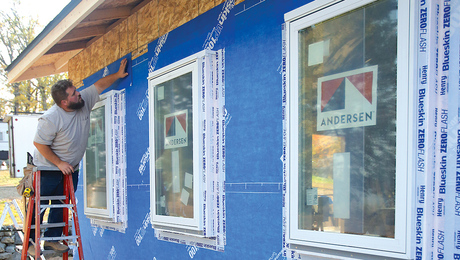

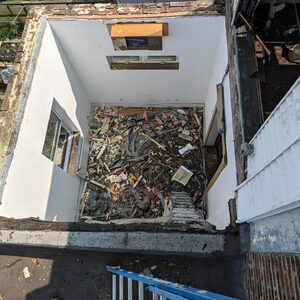
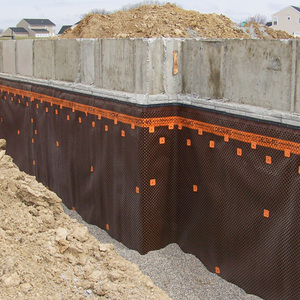
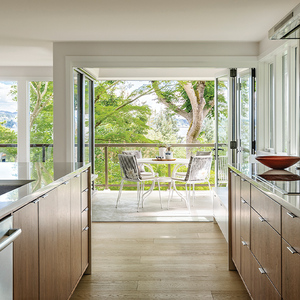
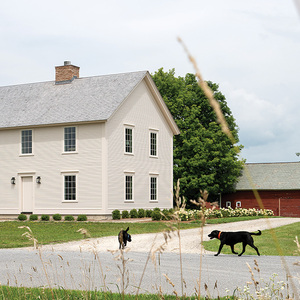













Replies
Bubba,
Experience tells me that you're pretty much asking the impossible…….sort of……..for an amateur to accomplish this.......if you're looking for excellent/even and uniform color.
The plywood likely will want to stain some differently than the solid stock. The solid stock maple will not take as much stain as the as the birch wood. I'd recommend staying with the same species of wood if you're looking for anything resembling uniformity in this instance. The fire-engine red color presents another problem for the amateur.
If staining, blotching can be controlled (note I'm not saying eliminated) by either the use of a wash coat (pre-application of a thinned down finish prior to staining)or by wetting the wood with the appropriate solvent just prior to staining. Neither of these will be totally successful or predictable.
You might try a gel stain but I don't recall ever seeing one in the color range you're contemplating. And………….it won't likely give you the depth of color you're desiring.
Dying the wood instead of staining (water-based dyes) can be accomplished by hand applications but there's no assurance that you can get the different materials to match without resorting to "other means" in addition. Even if you "wet" the surface prior to dyeing, you could likely cause the wood to blotch more than if you use a stain.
http://www.homesteadfinishing.com
Complete control of color can be had by applying the color as a glaze instead of as a stain……or in combination with staining/dying. The best results pretty much require spray application. This will dictate that your final finish be of the film-type (like the polycrylic) as an oil finish isn't compatible with "glazes" to achieve color.
Trying to obtain a stain color deeper than the wood will accept and hold or a dye color deeper than the wood will accept and hold requires the additional use of glazes, or shading and toning finishes. (This is how furniture manufacturers get that remarkably uniform color)
Oil finishes don't bleed once they're set and cured. Raw oils may bleed after application, but these shouldn't be used as finishes anyway.
If you possibly can, I'd recommend that you get your hands on a copy of Bob Flexner's "Understanding Wood Finishing".
Needless to say, you'd best have a few pieces of stock to experiment on if you decide to take this on yourself. The veneer on that ply will likely be hyper-thin and won't allow for much "let's try again". Make sure your experimental pieces are sanded the same as the real stuff.
Best advice I can offer I guess is that you either prepare to buy and learn to use spray equipment and various coloring procedures ………….or that you have someone very accomplished/experienced do the finishing if you can't live with something less than the ideal. Professional finishing is an art/craft all by itself. It can be learned for sure, but it isn't something you'll master on a weekend.
Edit: If you do decide to tackle this, you can make your stain in the color range your DW desires via the use of Mohawk Finishing's base concentrates or universal colorants. They have several red concentrates available. These can also be used to make glazes, toners and shaders to follow up behind the stain to even out the color/adjust the shade.
Edit again: Currently the minimum order at Mohawk is $85, I think. Although a can of concentrate will make a ton of stain or glaze, you might want a simpler less expensive route to go. You can make a simple oil stain by mixing artist's colors in oil with mineral spirits. Color range is virtually unlimited.
Come to think of it, you should be able to get that color mixed up custom (as a simple stain) for you at a local bonafide paint store.
Knowledge is power, but only if applied in a timely fashion.
Edited 7/25/2003 10:36:05 AM ET by GOLDHILLER
Edited 7/25/2003 10:52:18 AM ET by GOLDHILLER
Edited 7/25/2003 11:42:16 AM ET by GOLDHILLER
Hey Goldhiller,
I was hopping to define the finish for my cabs, but you have proven beyond a shadow of a doubt that a little knowledge is truely dangerous. The website you referenced had a ton of info, I still need to get the book. You haven't scared me a way yet (just hard-headed like my wife tells everyone), but you certainly have put me on guard.
Thanks for the info,
bubba
Well, I'm glad I haven't scared you off. I certainly didn't mean to and evidently you're a man after my own heart; the challenges of learning and then doing are beyond resistance.
When you get Flexner's book, you'll soon learn much about the various coloring techniques and finishes available, their pros and cons. There's scads of info to be understood and absorbed in there so you'll likely find yourself reviewing the material numerous times before you have it all tied together.
One general rule of thumb you'll discover is that the more durable/tougher a finish is, the more difficult or impossible the repair of that finish is.
For instance, shellac and nitrocellulose lacquer don't offer great durability, but are easy to spot repair or overcoat with another layer. Catalyzed lacquers and varnishes (which are so popular with finishers these days because of fast dry times) are pretty darn tough but near impossible to repair or overcoat after about two weeks because nothing wants to bond to them; not even themselves. Then you're in for a strip job and that stuff is very resistant to strippers, making the job yet more difficult.
In case you haven't gotten the idea yet…………there is no such thing as the perfect finish for all situations/applications. It's a matter of making the best of the available choices and application techniques, either recommended or required, for the task at hand.
If you've got any questions I can help with, feel free to come back at me and I'll offer what guidance I can.
Knowledge is power, but only if applied in a timely fashion.
Edited 7/26/2003 10:58:13 PM ET by GOLDHILLER
My best advise would to find a compatent finisher to do the work. make sure if you hire a "painter", he can actually do cabinet "finish" also. You would be amazed on how many painters can't do both.
For all of you painters who can do both, no insult intended :-)